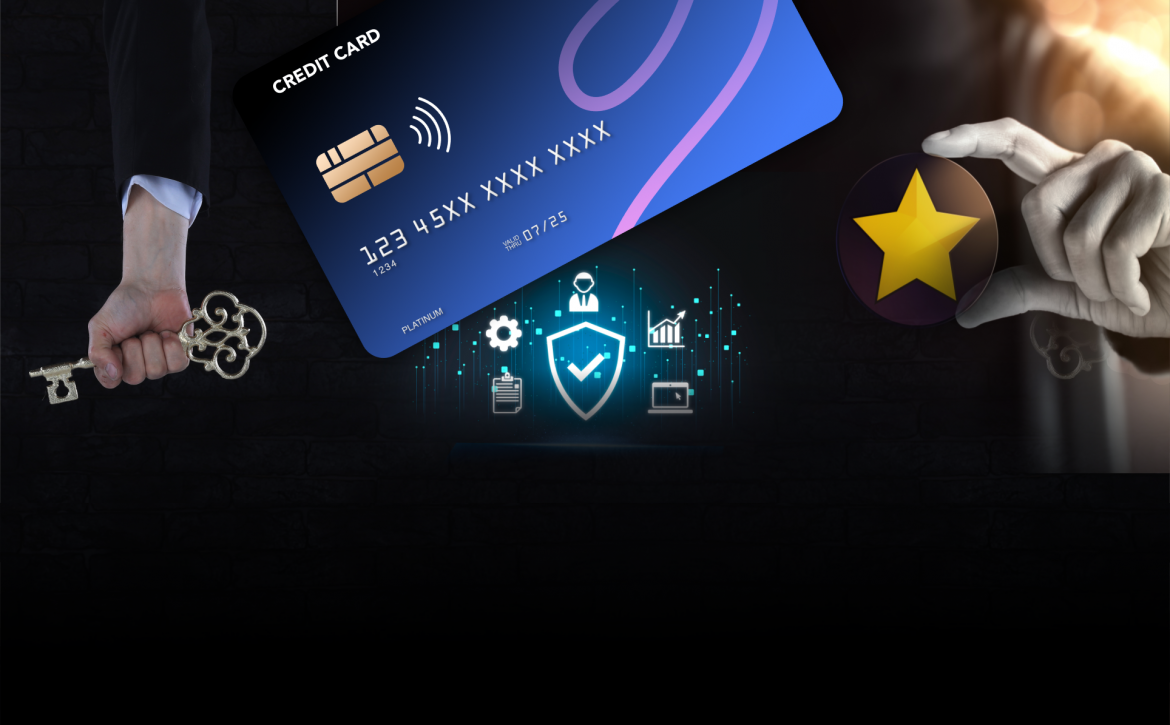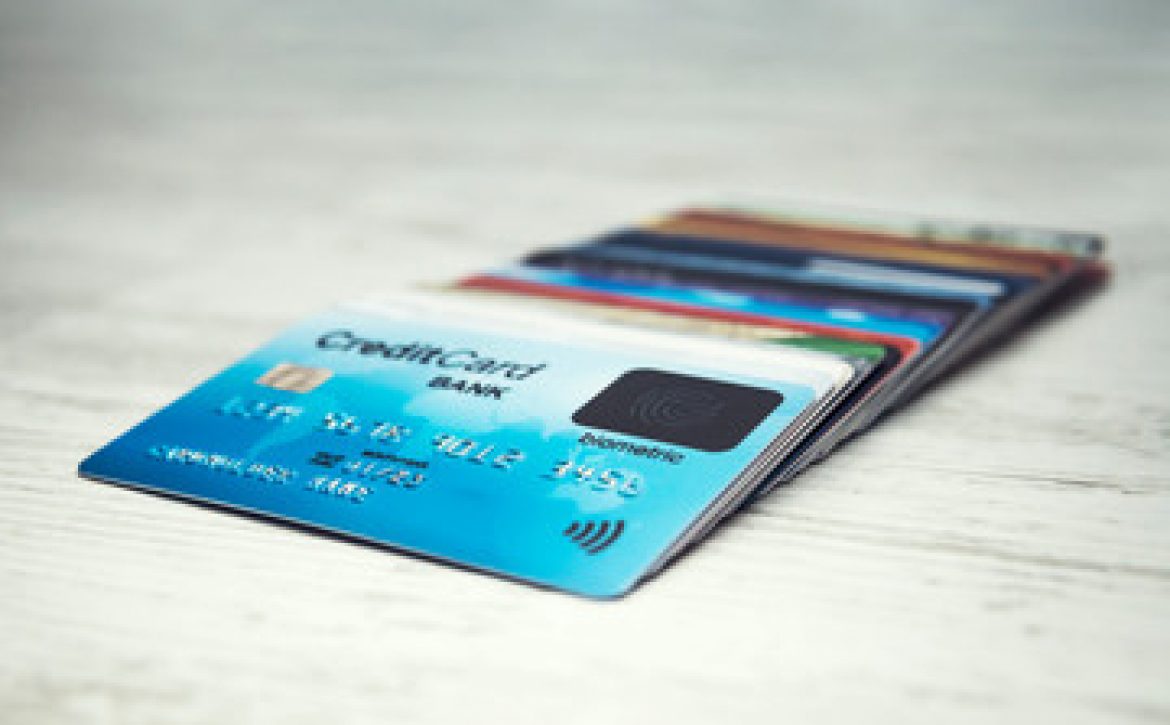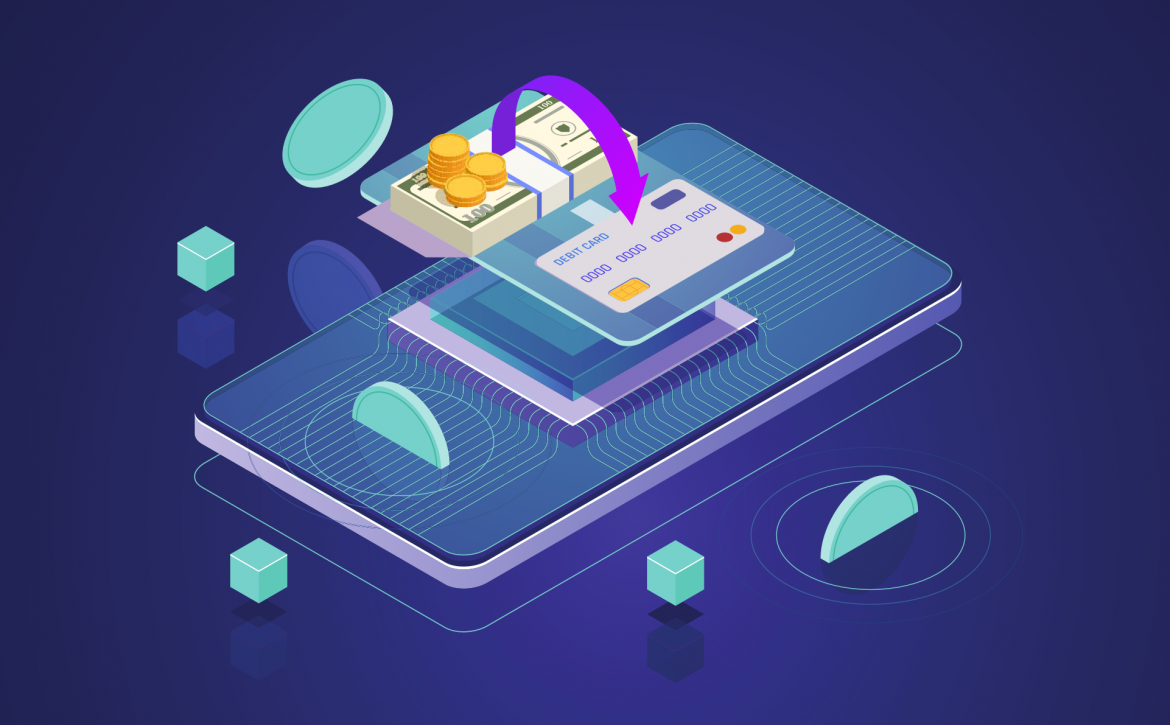Unlocking the Power of Reward Loyalty Programs in Credit Cards: Enhancing Value-added Services
In today’s fast-paced world, credit cards have become an integral part of our financial landscape, offering convenience, security, and flexibility for seamless transactions both online and offline. However, credit cards go beyond mere payments, providing a range of value-added services that enhance the overall user experience. One such service gaining prominence is the Reward Loyalty Program.
Reward Loyalty Programs incentivize cardholders for their spending habits and loyalty to a particular credit card issuer. These programs offer various benefits, including differential reward points, closed-loop EMI programs, meta-data engines, and cardholder-defined actions, significantly enhancing the cardholder’s experience.
Differential Rewards Points:
A key feature of Reward Loyalty Programs is the differential rewards points system, allowing credit card issuers to offer rewards based on cardholders’ spending patterns. This feature goes beyond Merchant Category Codes (MCC) or Transaction Identification (TID), allowing customization based on parameters such as pin code, duration, or specific MCC for particular dates. For instance, cardholders may receive 5x reward points during special occasions like birthdays or wedding anniversaries, adding a personalized touch to the rewards program.
Meta Data Engine:
The Meta Data Engine enhances portfolio management for credit card issuers by efficiently processing vast amounts of data for better decision-making. This tool empowers portfolio and product teams to collaborate effectively, enabling them to identify new opportunities and convert potential customers into cardholders.
Card Holder Defined Actions:
The Card Holder Defined Actions feature empowers cardholders to take various actions through mobile applications, such as increasing credit limits or using reward points as per their preferences. Integration with aggregator EUROP Assistance enables cardholders to redeem rewards across various industries and companies, enhancing flexibility and utility.
In conclusion, Reward Loyalty Programs in credit cards offer a holistic approach to enhancing the cardholder experience, particularly appealing to the millennial demographic. By offering personalized rewards, affordability through EMI options, efficient data management, and user-defined actions, credit card issuers can differentiate themselves and add significant value to their customers’ financial journeys, aligning with the evolving preferences of the millennial generation.
Authored by Deepak Bhatt, Director of Sales at CARD91










